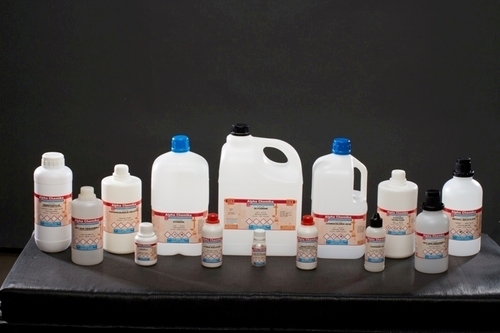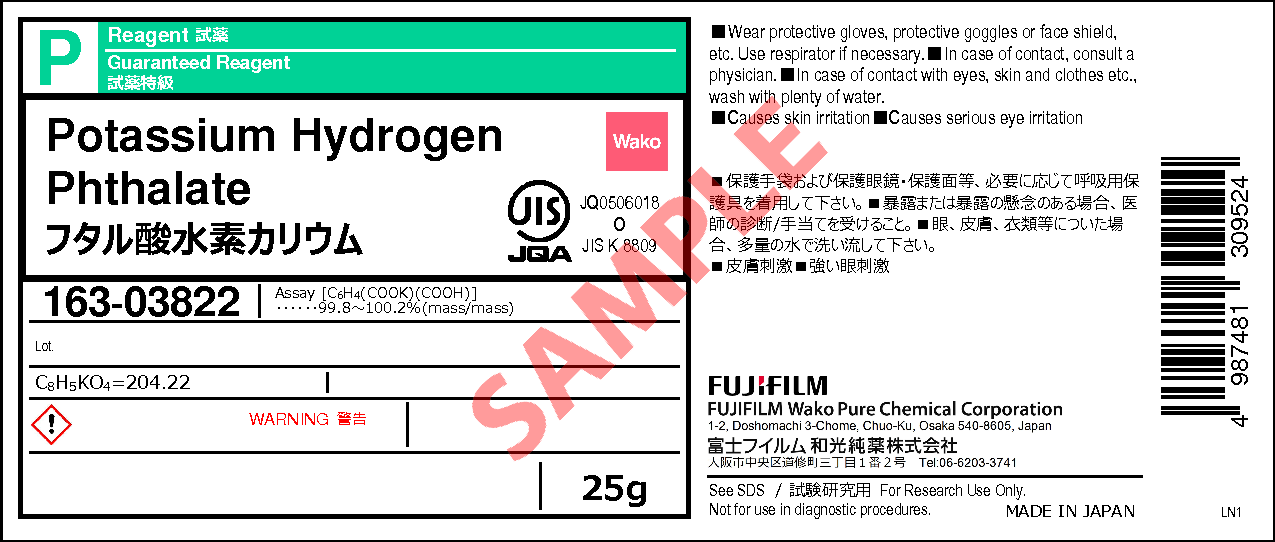

The CLP Regulation makes sure that the hazards presented by chemicals are clearly communicated to workers and consumers in the European Union. The ‘Hazard classification and labelling’ section shows the hazards of a substance based on the standardised system of statements and pictograms established under the CLP (Classification Labelling and Packaging) Regulation. This information is only displayed if the substance is well-defined, its identity is not claimed confidential and there is sufficient information available in ECHA’s databases for ECHA’s algorithms to generate a molecular structure. If generated, an InChI string will also be generated and made available for searching. The molecular structure is based on structures generated from information available in ECHA’s databases. This information is only displayed if the substance is well–defined, its identity is not claimed confidential and there is sufficient information available in ECHA’s databases for ECHA’s algorithms to generate a molecular structure.

The molecular formula identifies each type of element by its chemical symbol and identifies the number of atoms of each element found in one discrete molecule of the substance. More information about CAS and the CAS registry can be found here. A substance identified primarily by an EC or list number may be linked with more than one CAS number, or with CAS numbers that have been deleted. The CAS number is the substance numerical identifier assigned by the Chemical Abstracts Service, a division of the American Chemical Society, to substances registered in the CAS registry database. CAS (Chemical Abstract Service) registry number

The EC or list number is the primary substance identifier used by ECHA. If the substance was not covered by the EC Inventory, ECHA attributes a list number in the same format, starting with the numbers 6, 7, 8 or 9. More information about the EC Inventory can be found here. The EC Inventory is a combination of three independent European lists of substances from the previous EU chemicals regulatory frameworks (EINECS, ELINCS and the NLP-list). The EC Number is the numerical identifier for substances in the EC Inventory. Some substance identifiers may have been claimed confidential, or may not have been provided, and therefore not be displayed. The substance identifiers displayed in the InfoCard are the best available substance name, EC number, CAS number and/or the molecular and structural formulas. Laccase and versatile peroxidase are enzymes known to degrade lign.The ‘Substance identity’ section is calculated from substance identification information from all ECHA databases. Pretreatment of lignocellulosic biomass is necessary to enhance the hydrolysis, which is the rate-limiting step in biogas production. Įffect of enzymatic pretreatment of various lignocellulosic substrates on production of phenolic compounds and biomethane potential.īioresour. This paper reports methods for obtaining time-dependent reduced isotropic Raman spectra of aqueous species in quartz capillary high-pressure optical cells under hydrothermal conditions, as a means of. Non-Complexing Anions for Quantitative Speciation Studies Using Raman Spectroscopy in Fused Silica High-Pressure Optical Cells Under Hydrothermal Conditions.

In this work, kinetics of substitution accelerated cellulose hydrolysis with multiple reaction stages was investigated to lay foundation for mechanism study and molecular design of substituting compou. Articles 88 More Articles Accelerated hydrolysis of substituted cellulose for potential biofuel production: kinetic study and modeling.


 0 kommentar(er)
0 kommentar(er)
